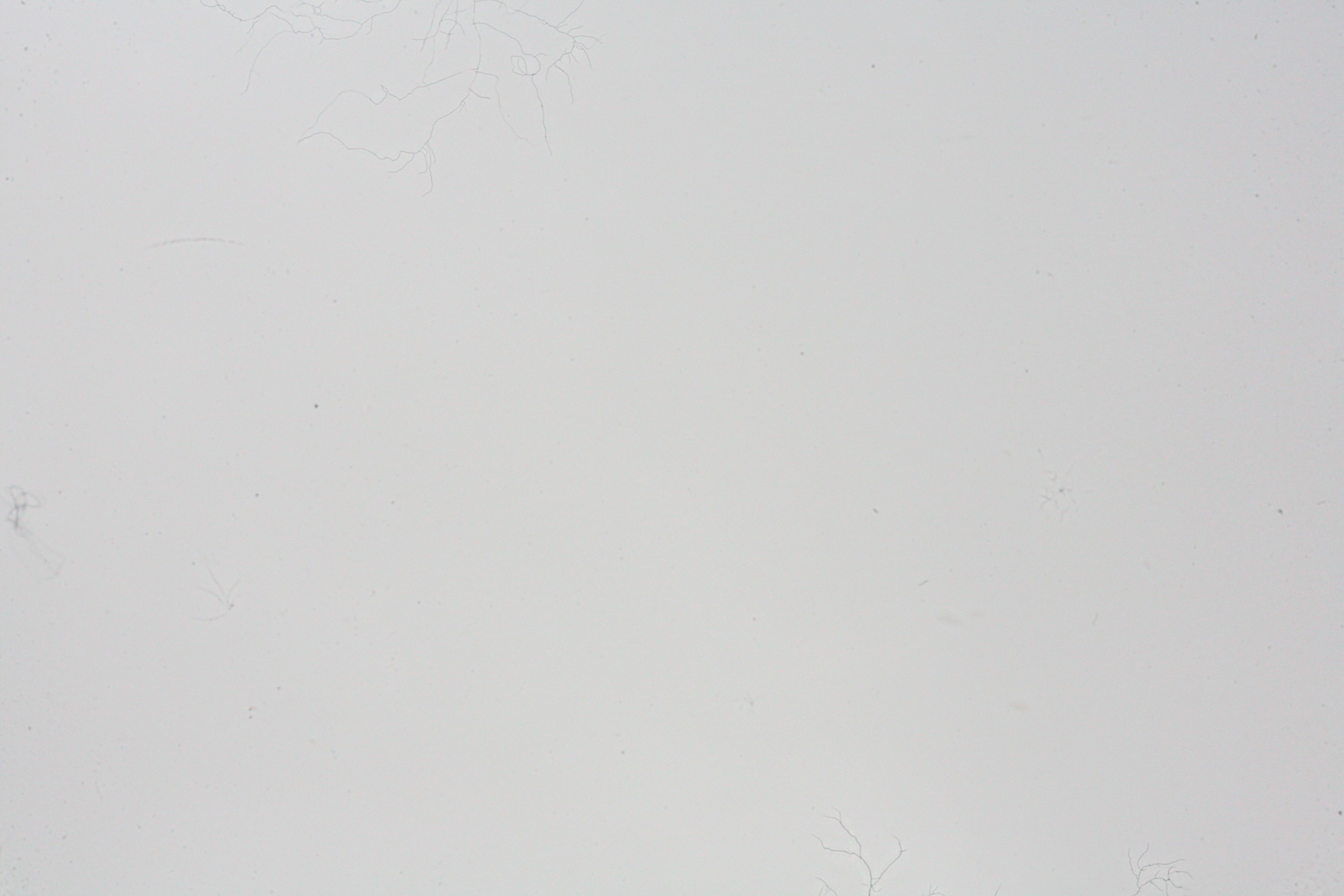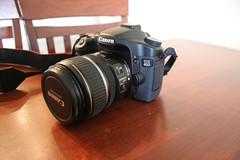It was time to upgrade. The 40D has been a trooper, but it hasn’t seen much use recently. Whether it’s the inconvenience of its compact flash memory cards, or just sheer size and weight, I have seldom felt the need to travel with it.
The 40D was released 8 years ago in 2007, which is a very long time in technology. I bought mine at the start of 2009, just after the release of the 50D, which carried a 30% price premium over the older model. I’ve never regretted my decision to go with the 40D, and I’ve had over 30,000 shutter actuations out of it, most of those with my favourite lens – a Canon EF-S 10-22mm f/3.5-4.5 USM. Now days, you can get a much cheaper 10-18mm lens which is slower (f/4.5-5.6), but has a STM motor and image stabilisation, making it much better for video. If you don’t already have an ultra-wide angle lens, seriously, get this one.
In the past year though, I’ve probably shot less than 100 frames with the 40D, favouring a much smaller Panasonic GX1 with a Samyang 7.5mm fish-eye and the excellent 20mm f/1.7 pancake. These lenses are as sharp as they are useful, but when using the little GX1 I don’t really feel like I’m “doing photography”. The experience is that of using a point & shoot, but the pictures I can take with it are almost as good as the 40D (better in low light with the f/1.7 pancake actually). Lugging the SLR doesn’t really make sense.
Looking through some of my old photos recently made me realise how much I miss the Canon 10-22mm lens. The fish-eye is fun, and even has a wider field of view, but images from rectilinear lenses afford more creative flexibility in my opinion; the fish-eye look is distinctive, and not one you really want to characterise all your images. Continue reading



